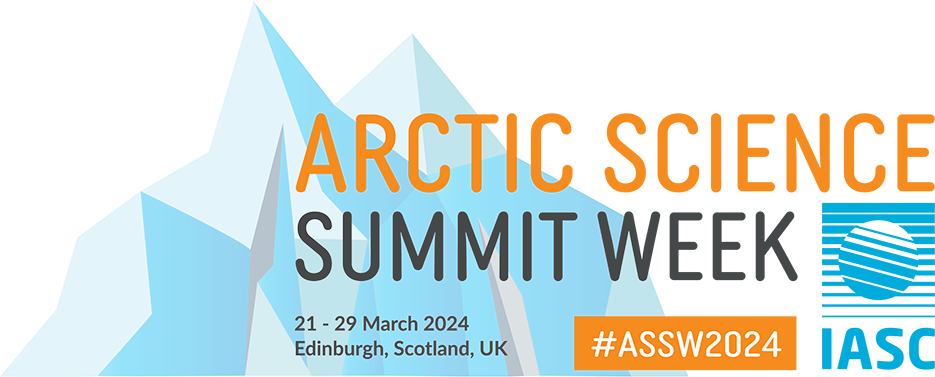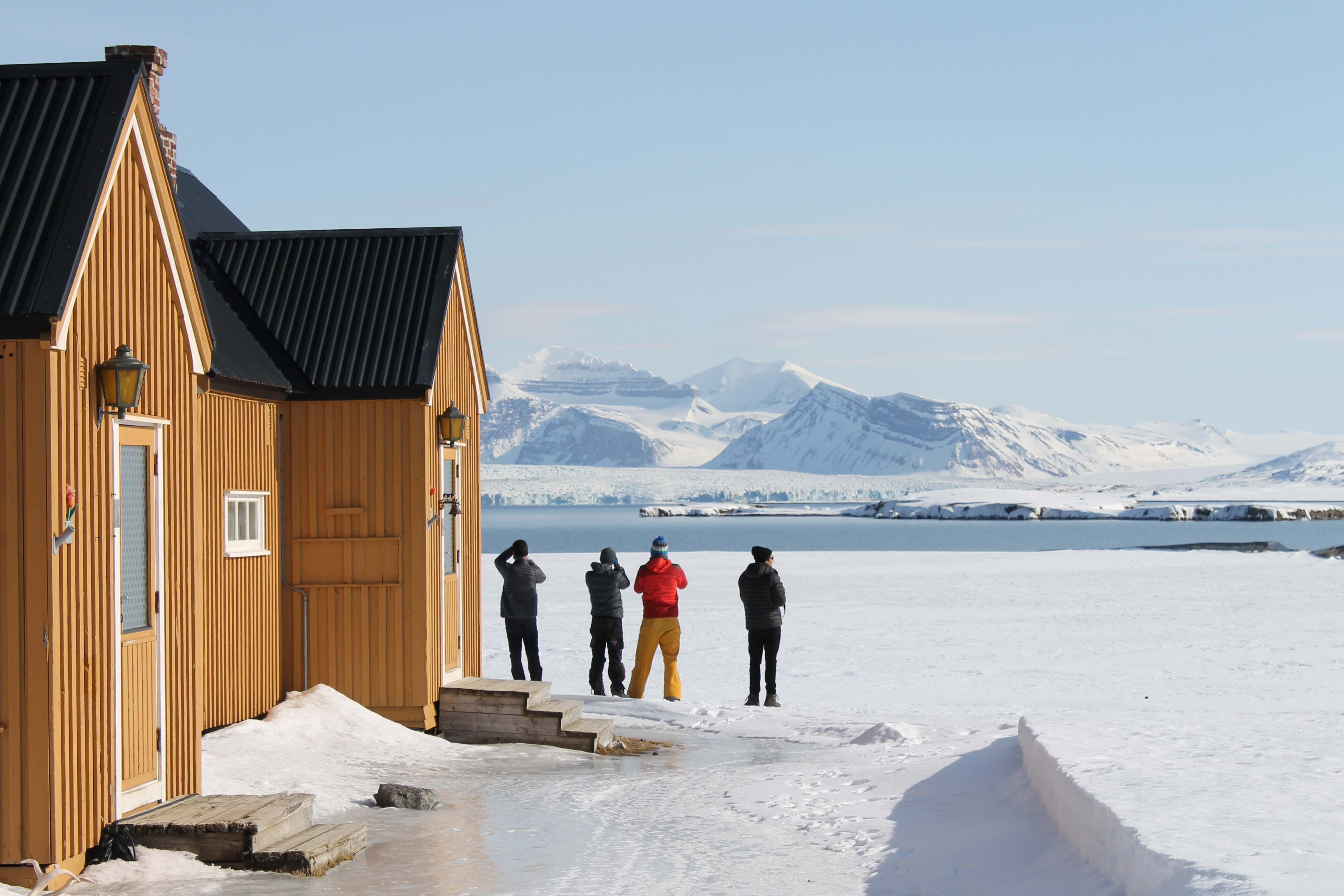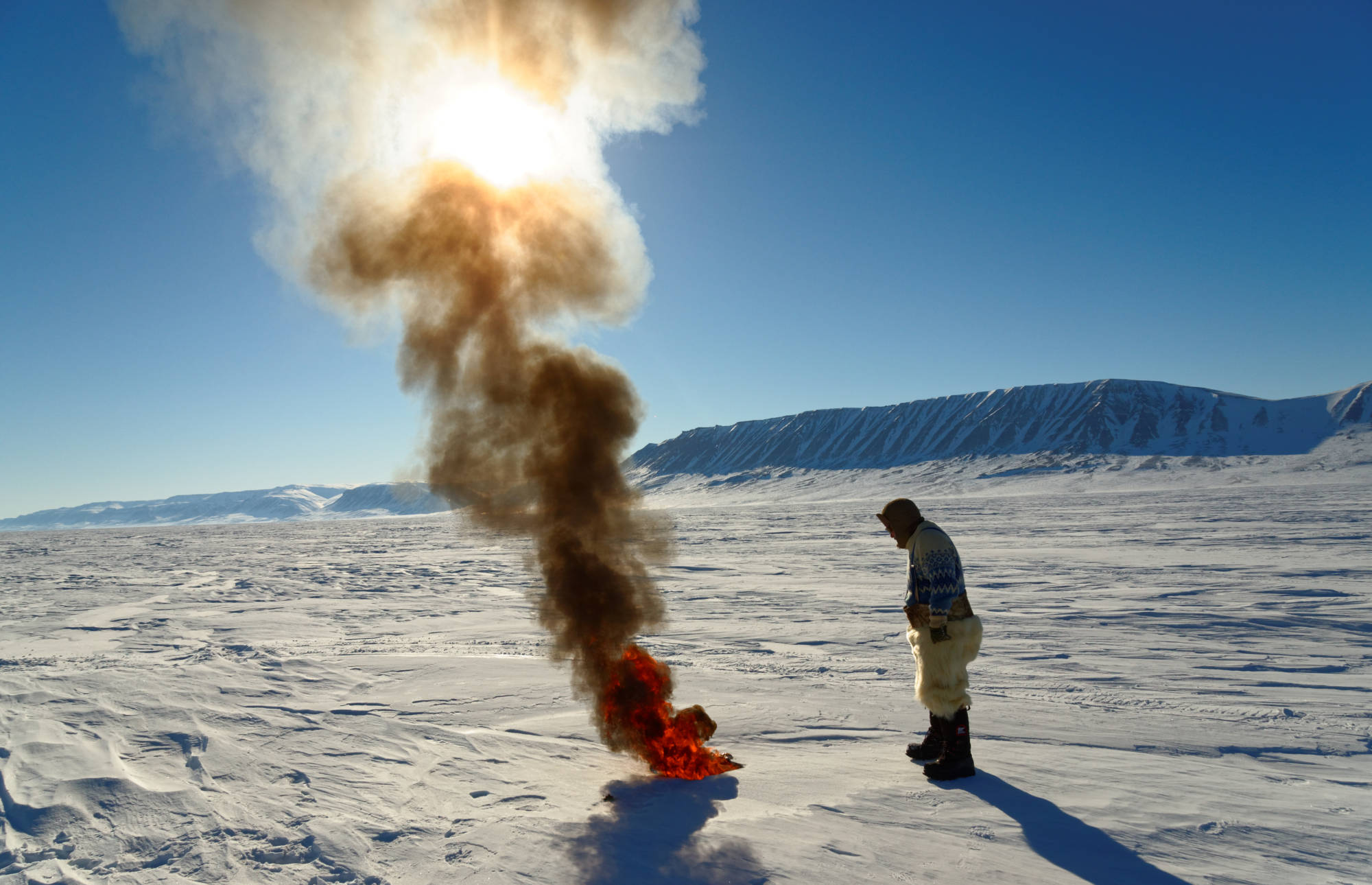

Audio-Visual Exhibition - Arctic Women’s Voices: Standing Strong in the Face of COVID-19
Entire ASSW2023 I Location: The central foyer on the 1st floor near the "Großer Festsaal" of the University of Vienna
The COVID-19 pandemic has caused devastation across the globe, but it has had an immense impact on the Arctic, in particular, due to a number of factors such as the climate, remoteness of the region, and historical underrepresentation of Indigenous communities. However, the impacts and consequences differ across regions and genders. Women, specifically, were disproportionately vulnerable to the effects of the pandemic, such as elevated unemployment, increased unpaid work, domestic violence, and higher health risks.
This exhibition presents women from Alaska and northern Iceland whom we met in 2022. Among them were small business owners, scientists, healthcare providers, farmers, social workers, educators, government officials, and emerging youth community leaders. Inspired by their lives, we invited these women to share their stories to allow us to better understand the COVID-19 pandemic's complex gendered impacts on the Arctic communities and life in the Arctic as a whole.
Their stories introduce powerful narratives of grief and resilience, reflect on feelings of isolation and moments of despair, as well as project boundless optimism and self-empowerment.
Bringing Arctic women's voices to light will help us reflect on lessons learned and broaden our perspective about how dramatic events such as COVID-19 impact Arctic communities and women specifically. Women's voices from the Arctic must be heard to become a part of the broader history of COVID-19.
Exhibition curators:
Polina Saburova (Indiana University Bloomington) and Marya Rozanova-Smith (The George Washington University).
Poster designers:
Laura Goodfield, Sophie Rosenthal, and Marya Rozanova-Smith (The George Washington University).
Acknowledgements:
First and foremost, we express our deep appreciation to all exhibition contributors who shared their stories with us. Special thanks go to the COVID-GEA project Iceland partners Embla Eir Oddsdóttir and Sveinbjörg Smáradóttir (IACN) and Alaska partner Charlene Apok, Andrey Petrov (UNI), as well as the COVID-GEA team members Riya Bhushan, Sophie Rosenthal, and Laura Goodfield (GWU). We are grateful to Gerlis Fugmann (IASC) and all ASSW-2023 organizers, especially Olga Povoroznuk and Khaled Hakami (University of Vienna), for their valuable support. We also acknowledge funding from the U.S. National Science Foundation (project entitled "Understanding Gendered Impacts of COVID-19 in the Arctic (COVID-GEA)," PLR #2137410).
